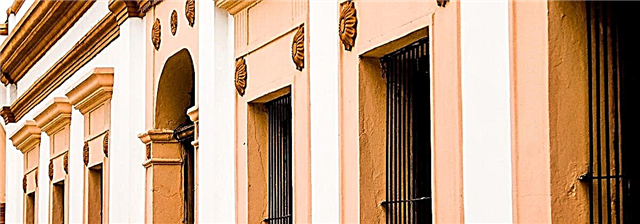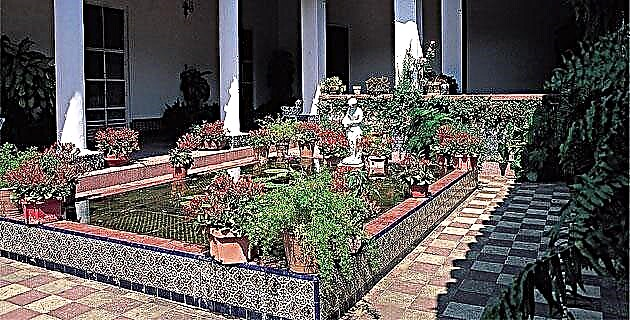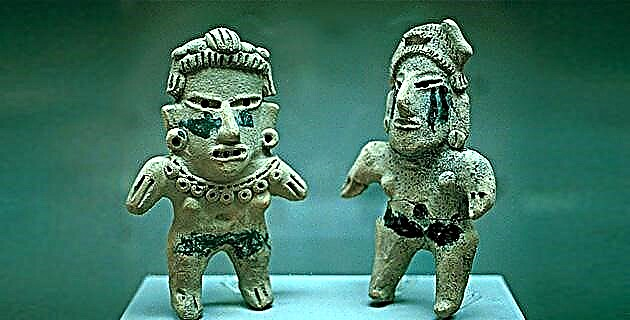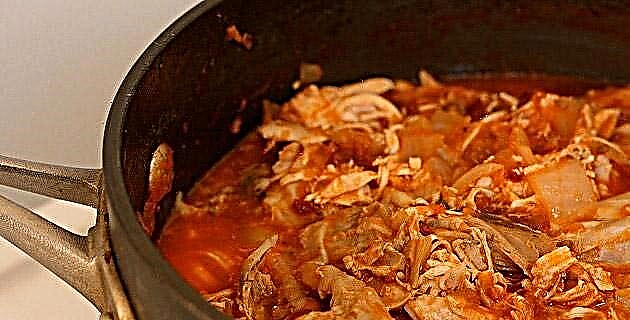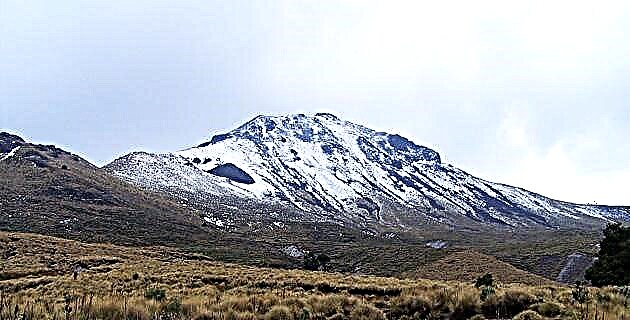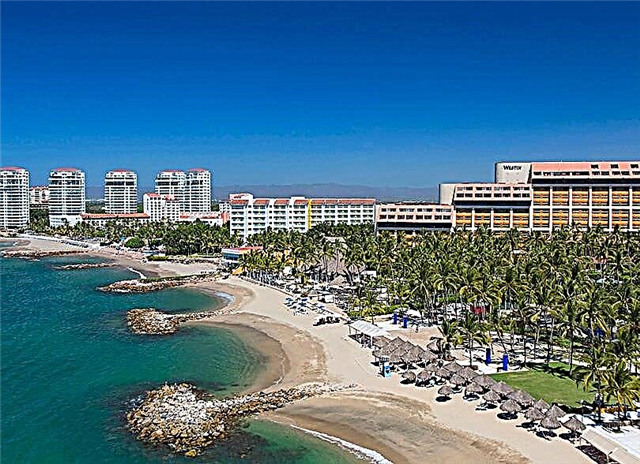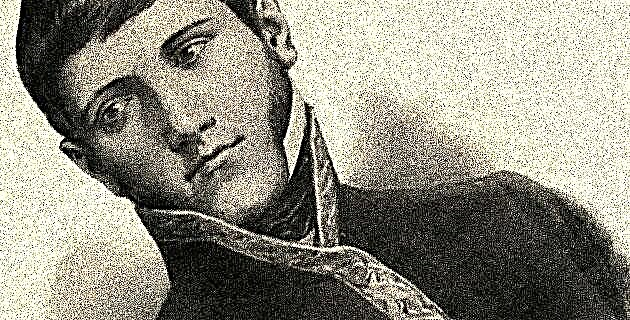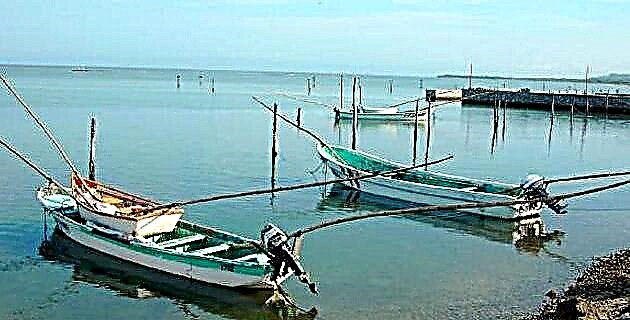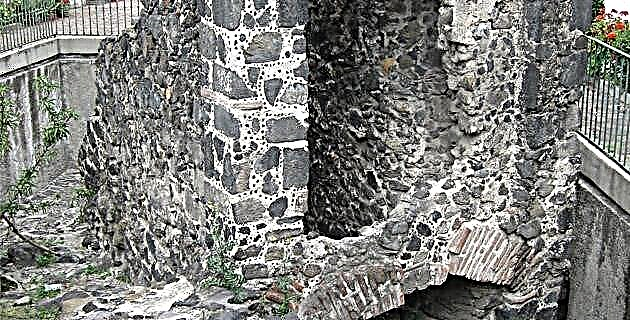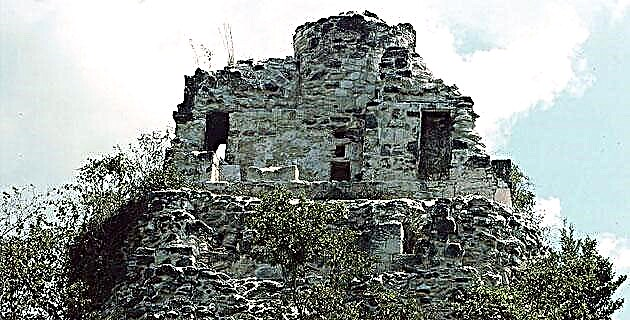
Sian Ka'an, which in Mayan means "gate of heaven", was declared a biosphere reserve in January 1986. Later two more protected areas were added, and now occupies an area of 617,265 hectares, which represents almost the 15 percent of the total extension of Quintana Roo.
The reserve is located in the central-eastern part of the state and has the same proportion of tropical forests, swamps and coastal environments, including coral reefs. In 1987 it was declared a World Heritage Site by UNESCO. In the north of Sian Ka’an there is a system of fresh water, very clean and drinkable, consisting of two lagoons and several canals. These lagoons are Muyil and Chunyaché.
THE KEYS
In Sian Ka’an the keys are channels that connect the lagoons to each other. Its construction is attributed to the Mayans, who through them linked their inland centers with the coast.
Very in time we reached the Maya key that connects Muyil with Chunyaxché, as a blizzard had broken out that, if it had caught us in the middle of any of the lagoons, would have caused us great problems. After a while, the rain subsided and we were able to advance into Chunyaxché until we reached a petén.
PETENES: BIOLOGICAL WEALTH AND ISLAND PHENOMENON
Only in the Yucatan and Florida peninsulas are there petenes, which are isolated vegetation formations separated by swamps or by water. Some have only a few species of plants. While others are complex associations like medium evergreen forest. In them there is a reduced version of the insular phenomenon, that is to say that between two neighboring petenes there can be a great difference between their flora and fauna.
Upon reaching the petén we look for where to set up camp; In cleaning the area, we were very careful not to disturb any snake, since rattlesnakes, coral reefs and especially nauyacas abound.
THE DANGERS OF SIAN KA’AN
It is believed that the worst danger in the jungle and swamps are the large predators, such as jaguars, but in reality it is small animals: snakes, scorpions and, mainly, mosquitoes and blood-sucking flies. The latter cause most diseases by transmitting malaria, leishmaniasis and dengue, among others. Snakes are only dangerous for the careless or reckless traveler, as 80 percent of bites in Mexico occur while trying to kill them.
Another danger is chechem (Metopium browneii), since this tree releases a ream that causes serious injuries to the skin and mucous membranes if one comes into contact with it. There are differences in individual susceptibility to this resin, but it is better not to test yourself and to avoid injuries that take 1.5 days to heal. The tree is easily recognizable by the wavy edge of its leaves.
After eating and setting up the camp it was time to sleep, which did not cost us any work because we were tired: however, the sleep was uneasy: at midnight. A furious wind hit the lagoon, the waves rose and the water seeped into the tent. The rain continued with great force for hours, along with a thunderstorm more deafening than dangerous. At around three in the morning the rain stopped, but going back to sleep on a wet floor and with the house full of flies - we had to go out to strengthen the team - was really difficult.
The next day we did the routine that would be the basis of our stay in the petén: getting up, having breakfast, washing dishes and clothes, taking a bath and finally going out exploring to take pictures. Between three and four in the afternoon we ate the last meal of the day and, after washing, we had some free time that we spent in swimming, reading, writing or some other activity.
The food was very monotonous, limited to survival rations. The once good fishing of these lagoons has decimated and only small specimens bite the hook, which must be returned to the water as they are not suitable for consumption. The cause of this decline can be attributed to Hurricane Roxanne, which passed through Quintana Roo in 1995.
SECOND CAMP
When we left the first petén, a feeling of nostalgia invaded us because the days we spent there were very good. But the journey had to be continued, and after traveling north along the northwestern shore of Chunyaxché, we reached another petén that would be our second home on the expedition.
As expected, this new petén presented great differences from the previous one: the new one was full of crabs and there was no chechem. It was much more intricate than the other one and we had trouble setting up camp; after doing so we feasted with the icacos that grew on the shore. Chunyaxché has an internal channel, difficult to access, which runs parallel to its southeast bank and measures about 7 km.
A biosphere reserve is divided into two basic areas: the core zones, an untouchable and inaccessible reservoir, and the buffer zones, where the resources of the region can be used, so that their exploitation is not excluded if it is done. rationally. Human presence is a necessity: the inhabitants who take advantage of the resources become their best protection.
DEED CAY
We leave the second camp and go to Cayo Venado, which is a channel of just over 10 km that empties into Campechén, a body of water adjacent to the sea. Near the entrance is the ruin called Xlahpak or “the observatory”. We had to take precautions when exploring the ruin, since inside there was a nauyaca, which by the way did not pay us the slightest attention. Various animals use this and similar monuments as shelter, so it is not uncommon to find bats, mice, and other small animals.
The next day we left early to swim along the key and reach the coast. It was easy to advance in the key, since it has a good current, although at the end it is less intense. The depth of the key ranges from 40 centimeters to 2.5 meters, and the bottom ranges from very muddy to downright stony.
From the key we continued to the Boca Paila lagoon, and swimming through it took us an hour and a half. In total, that day we swam for eight and a half hours, but we had not reached the end of the course. Leaving the water, it was necessary to deflate the boats, reintegrate the backpacks -because we carried part of the things in our hands, especially the cameras- and we dressed for the remaining journey. Although it was little more than three kilometers, it was extraordinarily difficult to complete it: we were unaccustomed, since we had not carried the equipment throughout the trip, and as the backpacks weighed an average 30 kg each, and with the hand luggage that we could not put in the backpacks, the physical effort was enormous. As if that weren't enough, the flies from the coastal area relentlessly fell on us.
We arrived at Boca Paila at night, where the coastal lagoons flow into the sea. We were so tired that setting up the camp took us two hours and in the end we couldn't even sleep well, not only because of the excitement of the day's achievements, but because our house was invaded by chaquistes, half-millimeter flies that no normal mosquito net can stop .
The trip was nearing its end and it was necessary to take advantage of the last days. So we went diving in the reef near our camp. Sian Ka’an has the second largest barrier reef in the world, but some parts are underdeveloped, like this one we explored.
CONCLUSION
Due to its special characteristics, Sian Ka’an is a place full of adventures. Throughout the journey we gave our best and achieved everything we set out to do. The constant challenges mean that every day something new is learned in this magical place, and what is already known is repeated: everyone who enters the reserve inevitably becomes Sian Ka’an art.

